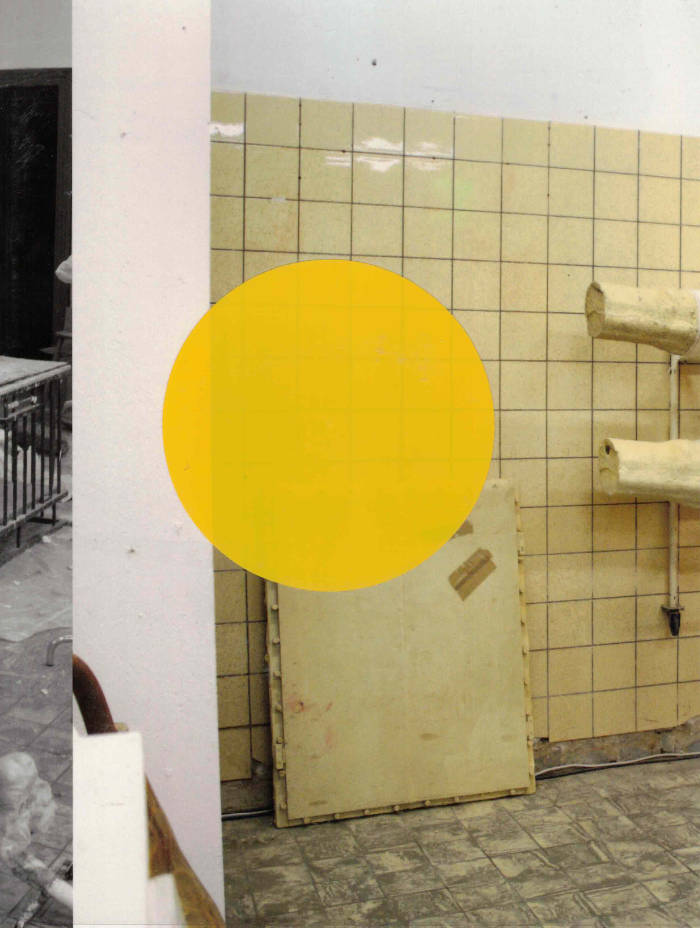
Elke dag is een tentoonstelling
Special edition: 100 out of 300 books are reworked by making cutouts in the book.

Special edition: 100 out of 300 books are reworked by making cutouts in the book.
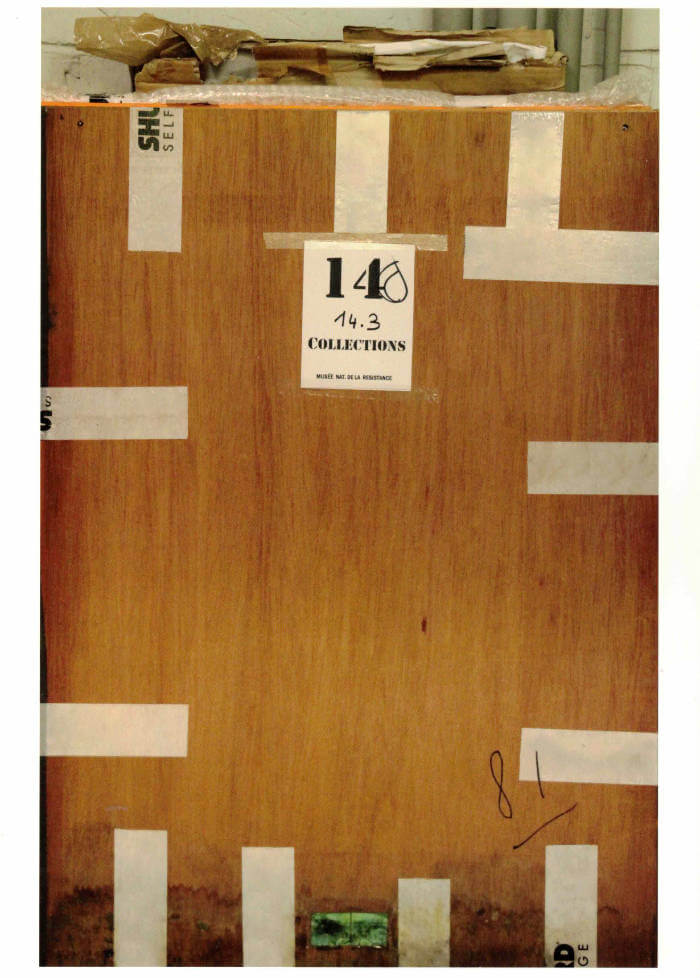
This publication shows the waiting archive of the Museum of Resistance. The Brussels Museum of Resistance is undergoing renovation. Hidden in the basements of the civil affairs department, the stacked archive awaits a new home. Boxes filled with recognition files, photo albums, exhibition panels, books, flags, furniture, and other scenographic materials are scattered throughout the entire floor plan. The recently appointed archivist Samuel and historian Agnes are sorting through the archive pieces and are striving to ensure a future.
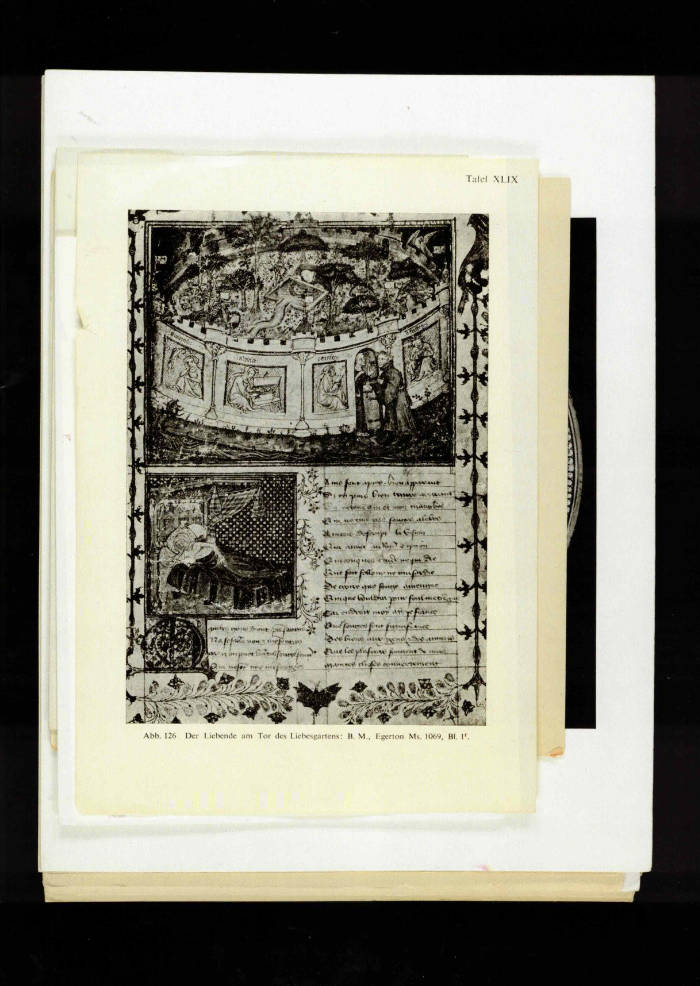
This publication shows the content of the folder ‘Narcissus. Gazing into an (artificial) well of fountain’. This folder is one of the 18.000 subject folders that are kept in the photographic collection at the Warburg Institute in London. This iconographically organized archive contains reproductions of sculptures, paintings, drawings, prints, tapestries, and other forms of imagery, ranging in date from classical antiquity to circa 1800. All the photographs in this publication were taken on July 2th 2023.
Many thanks to Paul Taylor, Curator of the Photographic Collection, Warburg Institute, London.
Second edition

In banana boxes, Maxime Le Bon collects and stores a lot of documents in a jumble. Most of them are printed, cut out from newspapers, magazines, old publications, erratas and other fragments of texts. Added to this are drawings that he improvises - some of them torn or stained that he don't want to display or throw away. This collection of heterogeneous items is then being rearranged and slipped into plastic pockets where he stores them. Unstable and in constant change, this improbable archive grows with the years. It sedimented layers of experiences and constitutes this heterogeneous deposit from which can emerge all sorts of fragmentary narratives and accidental arrangements. The publication ZILCH brings together a selection of images from this extensive archive.
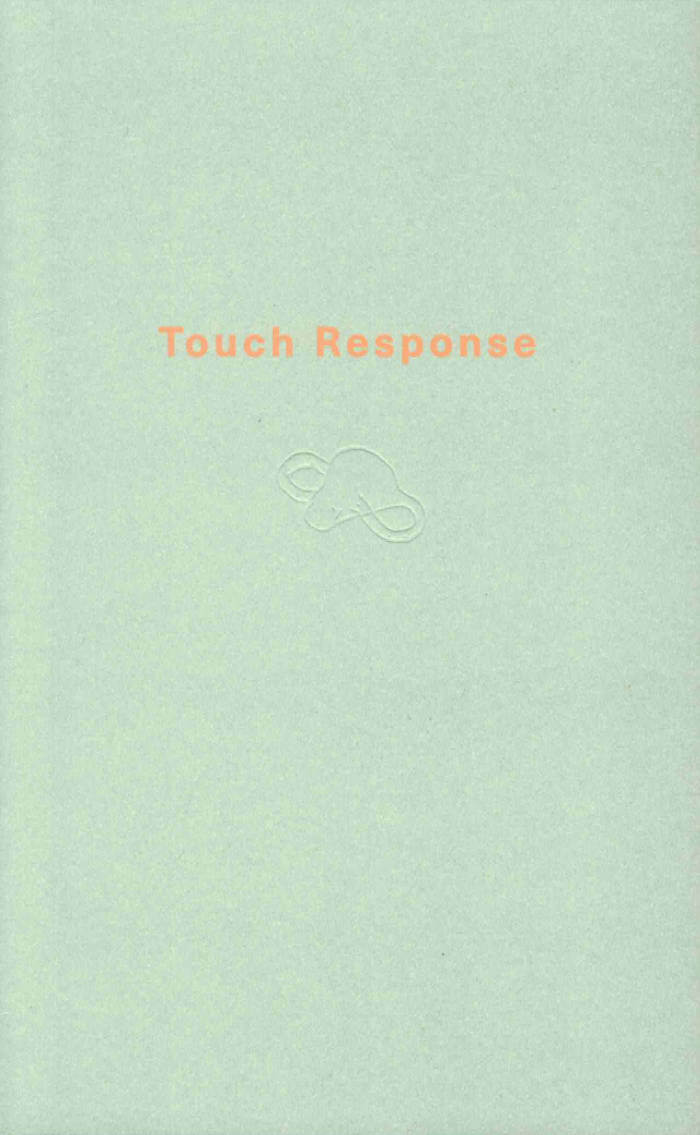
Touch Response is about lacking language and how to (not) interpret images. This is a book on vulnerability, as a description, prescription or side effect. It is made in a difficult period of fatigue and pain, mainly in the sofa in my living room, as a dialogue with myself and other invisible forces.
Drawings by Lore Smolders - visual artist
Interview with Birds WG - healer, writer, performance artist
Text editing by Isolde Vanhee and Joan Somers Donnelly
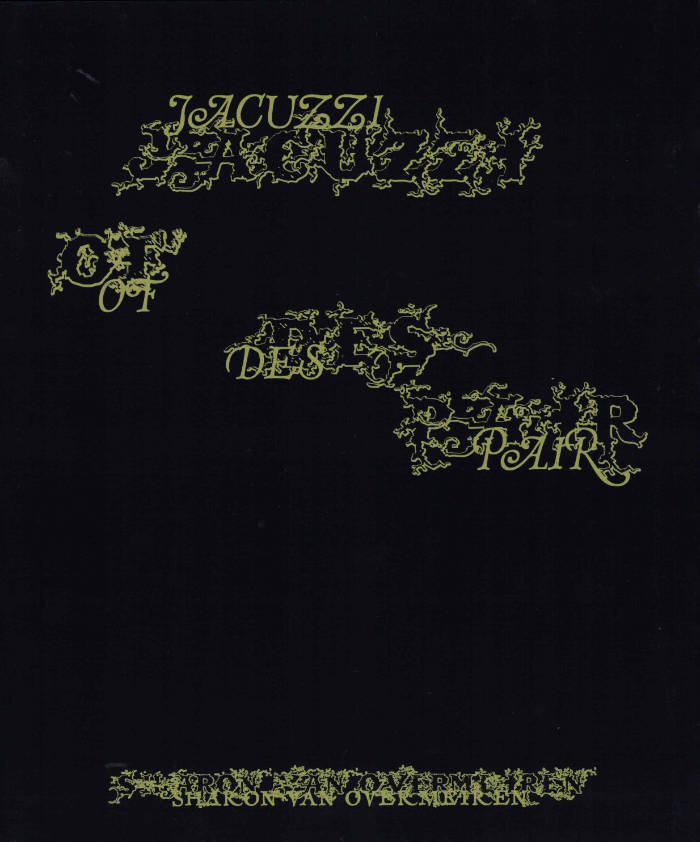
There are countless ways to interpret death, and The Jacuzzi of Despair does not aim to add to them. Instead, it fizzes, swirls, weeps, and sweeps—an unsettled current of images and arrangements, placing Sharon Van Overmeiren's sculptures within a strange narrative of mortality and rebirth. Born from a collaboration with graphic designer Nana Esi, the publication refracts Sharon's work through a series of familiar yet elusive aesthetic mechanisms: from the speculative and ritualistic to the archival and surreal, from the encyclopaedic urge to categorise, to the spectacle of commercial catchphrases. As such, The Jacuzzi of Despair navigates and distorts the symbolic structures by which we typically frame life and death, suggesting a new order wherein their ineffable dimensions do not stand apart but fold seamlessly into one another. What emerges is a disorienting artifact, a publication both buoyant and weighty, performing a slippery, playful, and evocative attempt to grasp the mechanisms by which we make sense of life—only to dissolve them into incoherence, creating the conditions for new meanings to take root.
Published on the occasion occasion at Cultuurhuis De Warande, Turnhout, in 2025.
Sharon Van Overmeiren (born 1985, lives and works in Belgium) makes, in her own words, "fictional sculptures". She finds it difficult to qualify them as fully autonomous pieces, given that at any moment they may cease to exist in their current form of presentation. On a second level, this choice of wording refers to how she lends a voice to her sculptures; by providing them with a scenario based on found stories, taken from life or literature, combined with her own sense of how we are out of touch with the multiple objects that surround us. The sculptures make their appearance as "props" in a composition, installation or drawing, or as protagonists of a video or audio piece. In no small part, these works deal with the growing inability of the human mind to describe and experience "things" beyond its own desires.

"Having a party (hope you will be there)", is a catalogue of an exhibition organized by Mickael Marman and D&TLG at CFAlive in Milan with artists from the black European diaspora, including original contributions, photos of the show, as well as a brand new intro text by Olamiju Fajemisin.

Oslo National Academy of the Arts
Publication documenting the research made by Dora García for a video project on Oscar Masotta, pioneer of Lacanian psychoanalysis in Latin America and influential art critic.
It features a selection of Masotta's writings as well as contextual essays on his work.Segunda Vez is an art research project centered on the figure of Oscar Masotta (Buenos Aires, 1930, Barcelona, 1979), an author of groundbreaking texts about the Happening, art, and dematerialization, a pioneer of Lacanian psychoanalysis in the Spanish-speaking world, and a happenista. The project has yielded a full-length and four medium-length films by Dora García, two Cahiers documenting the research, and this book. Segunda Vez: How Masotta Was Repeated offers a selection of Masotta's writings, including his early study of Argentinean author Roberto Arlt, as well as texts that contextualize Masotta's thought and broaden the reach of his reflections on the intersections between performance and psychoanalysis, art and politics.
Edited by Emiliano Battista.
Texts by Dora García, Oscar Masotta, Roberto Bolaño, Jorge Jinkis, Inés Katzenstein, Ana Longoni, Emiliano Battista, Aaron Schuster, Julio Cortázar.
English edition
13,5 x 21 cm (hardcover)
320 pages (color & b/w ill.)

The Trial is an extensive publication chronicling the decade-plus-long evolution of one of Rossella Biscotti's seminal works, focusing on the trials of members of the revolutionary left-wing movement Autonomia Operaia in the early 1980s, an emblematic judicial drama of Italy's Years of Lead.
The core of the book is the English transcription of a six-hour audio piece, originally composed from hundreds of hours of the trial's archival recordings broadcast by Radio Radicale. Edited like a theatrical script, The Trial becomes a polyphonic narrative that foregrounds the political voices of defendants in opposition to the structure and language of the legal machine: prosecutors, judges, lawyers. The transcript is accompanied by critical texts by Michael Hardt, Daniel Blanga Gubbay, and Giovanna Zapperi, as well as a conversation between the artist and philosopher Antonio Negri, one of the trial's key defendants. It investigates how political memory is carried, translated, and embodied across time.
Featuring visual documentation and multilingual excerpts from performances staged across various institutions and countries, this publication traces the work's ongoing reactivation through translation, collaboration, and context-specific interventions.